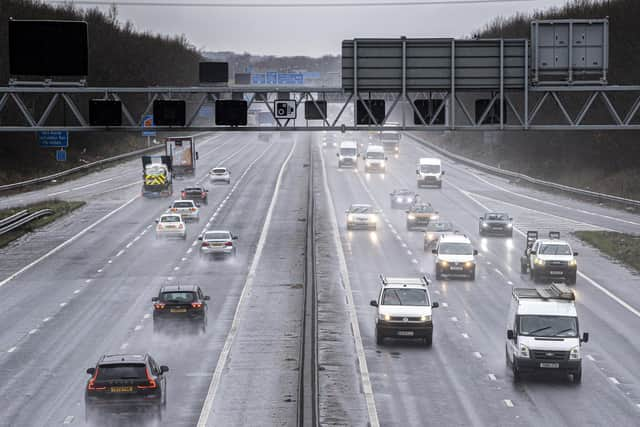Boost for digital sensor network scheme to speed up early warning alerts over flooding and surface water in West Yorkshire
and live on Freeview channel 276
Board members from West Yorkshire Flood Innovation Programme (WY FLIP) have successfully bid for £97,000 from the Discovery Phase of round six of the Government’s Local Digital Fund to test whether using smart technology for such a system would be viable.
Led by Wakefield Council, it is one of 16 digital projects to be awarded funding and has been welcomed by councillors across West Yorkshire.
Advertisement
Hide AdAdvertisement
Hide AdCoun Matthew Morley (Lab, Stanley and Outwood East), Wakefield Council’s Cabinet member for Planning and Highways, said currently the region’s response to surface water flooding tends to be reactive rather than proactive and there is no early warning system in place.


“This network of sensors would transmit real-time surface water levels to a central hub, creating an early warning system which would allow flood teams to direct resources where they are most needed, in advance of flooding, and communicate with communities at risk giving them more time to prepare and put plans in place to reduce any impact,” he said.
Coun Jane Scullion, Deputy Leader of Calderdale Council and WY FLIP ambassador, added: “Flooding causes devastation and is a problem shared across boundaries, both within West Yorkshire and throughout the whole country.
“This system would improve efficiency and co-ordination of response to flooding within and between local authorities.
Advertisement
Hide AdAdvertisement
Hide Ad“By improving and sharing flood related data we can enable businesses and residents in areas downstream to be better prepared as they will have earlier warnings of potential risks,” she said.


Officers from Wakefield, Kirklees and Leeds councils worked with environmental technical solutions company Andel, supported by Yorkshire Integrated Catchment Solutions Programme, to submit the bid.
They will now scope the project and pilot the sensors.
The sensors will help operational flood risk managers within highways, emergency planning and digital programme teams, in local authorities and the Environment Agency, to gain real time knowledge of where surface water flooding is likely to happen.
This will allow them to take preventative action sooner, such as activating flood defences, road closures and doing maintenance work including clearing drains.

